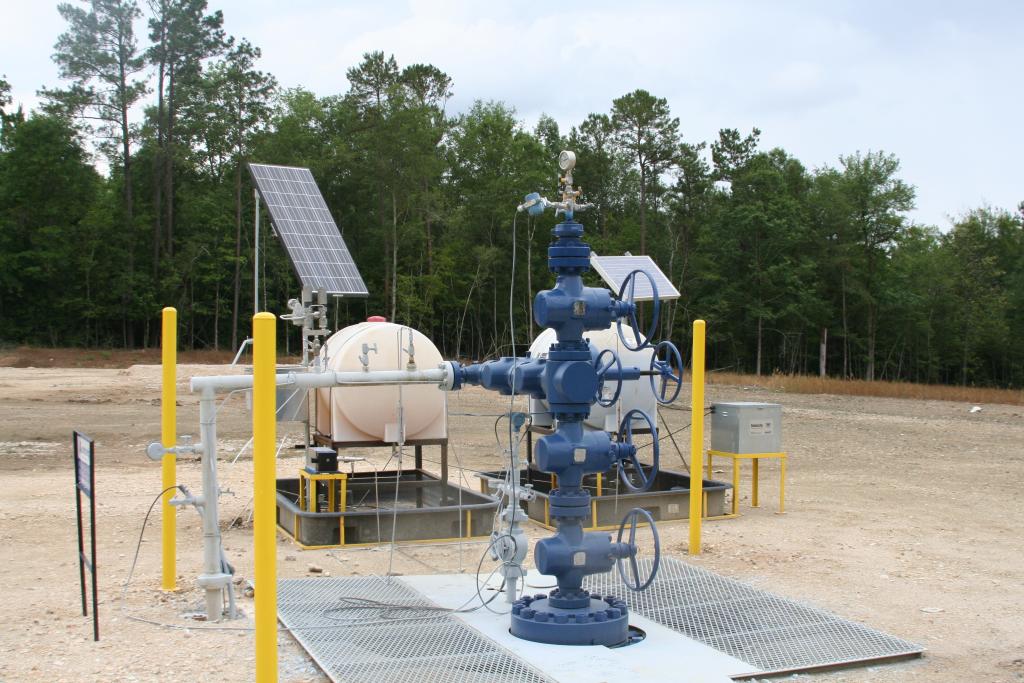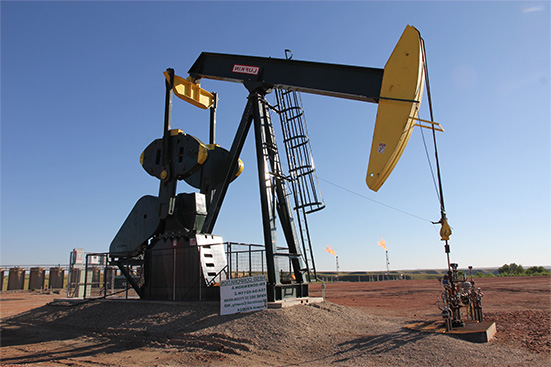
Compared to the energy shocks during the year 1970, the world is less dependent on oil today. However, the Russia-Ukraine war is stark evidence that the world economy is largely dependent on crude oil.
According to the U.S. Energy Information Administration, worldwide energy demand will continue to increase. The lack of production capacity, the rise in oil and gas demand, and low global stocks are all factors that have contributed to the recent rise in oil prices.
Short-Term Outlook Very Strong
The EIA forecasts that oil products will continue to rise and meet the majority of demands for transportation – including rail freight transport and trucking.
Furthermore, relative increases in demand and lower inventories have contributed to the rise in jet fuel crack spread – the difference between a barrel of crude oil and the price of a barrel of jet fuel. This increase in jet fuel demand has caused refiners to focus on producing more jet fuel, putting distillate production by the wayside due to its slower demand growth.
The January 2022’s blast of winter weather in the Northeast region also contributed to the significant increase in the demand for heating oil. The costs of heating oil, which is mainly used in buildings and older homes in the Northeast region, went up to 35 percent. The same region is dependent on heating oil to keep 20 percent of its homes warm.
According to EIA’s recent analysis, Europe and Asia are undergoing similar trends in terms of high prices and low inventories in their distillate markets.
Contact DW Energy
Want to learn more about oil & gas investing? Our expert team can provide you with more information or schedule a consultation to talk about diversifying your investment portfolio.

EIA projects U.S. energy consumption will grow through 2050, driven by economic growth
EIA stated in its Annual Energy Outlook that crude oil will still get the biggest share of energy consumption through 2050, followed by natural gas. This is mainly driven by economic and population growth.
The AEO2022 Reference case also predicted that the industrial and transportation sector will be the primary petroleum consumers in the U.S. It further projects that petroleum consumption from the industrial sector will grow twice as fast through 2050. Petroleum – particularly diesel and gasoline – will be the primary fuels consumed in the transportation sector.
For the latest updates and insights on the latest happenings in the oil market, visit DW Energy’s Insights Page.
Contact dw energy
Sources:
“Increased demand and low inventories drive U.S. distillate prices higher,” U.S. Energy Information Administration, https://www.eia.gov/todayinenergy/detail.php?id=51578
“This Week in Petroleum,” U.S. Energy Information Administration, https://www.eia.gov/petroleum/weekly/archive/2022/220224/includes/analysis_print.php
“Average Consumer Prices and Expenditures for Heating Fuels During the Winter, U.S. Energy Information Administration, https://www.eia.gov/outlooks/steo/tables/pdf/wf-table.pdf
